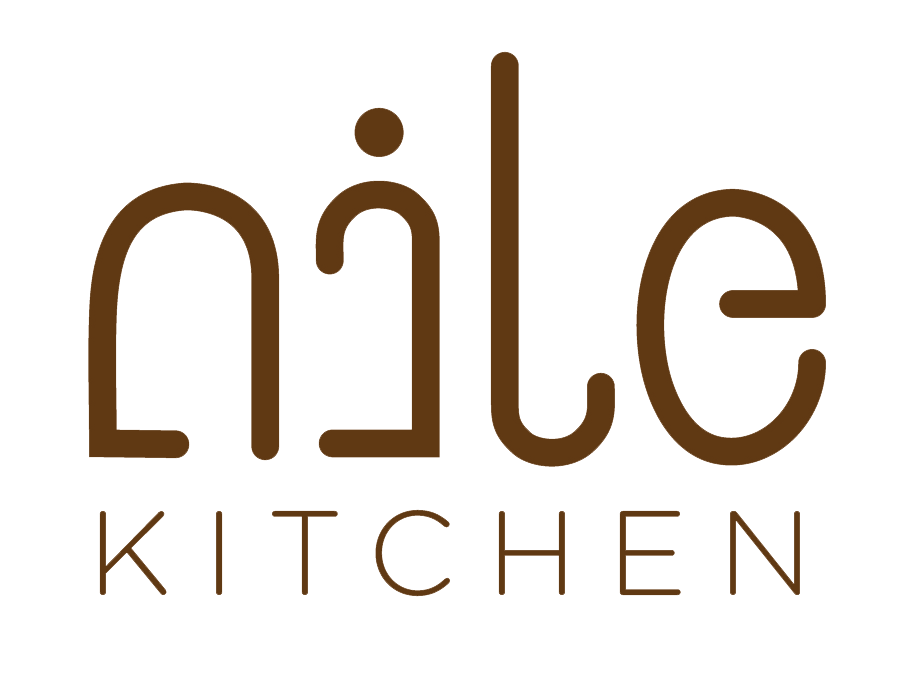The Exotic Cuisine of an Ancient Nation
Written by Yeshi
Traditional Diet and Culture
A country graced with breath-taking majestic mountains, rift valleys, lusciously green lowlands and contrastingly dangerous, hot & dry deserts, Ethiopia provides a mosaic of culinary art and food habits matching its diverse and colorful habitats. While regional crops influence the local dietary habits, each ethnic group also has its unique specialties. Ethiopian cuisine, in general, had been a well-kept secret for centuries for various reasons. The fact that Ethiopia was never colonized and had little or no contact with other parts of the world for centuries except its neighbors is one reason why it had maintained a cuisine that has not been influenced by other traditions or known to other nations. The 5-year occupation of the Italians left behind some Italian dishes such as pasta, steak and beef cutlet. Even these dishes that became more popular in modern times are made with an Ethiopian twist.
I always refer to our cuisine as the “unsung cuisine”, the reason being that despite the exotic nature and health benefits it imparts, there is little information out there acknowledging it. The herbs and spices used in Ethiopian cooking for ages, are in recent years being reported as health-promoting ingredients. Turmeric, black seed, flax seed, fenugreek, and cardamom are some examples. Such ingredients are the basic ingredients of our cuisine. Ethiopians intuitively used these ingredients in a balanced and complementary manner. When needed, some of these ingredients like flax seed, fenugreek, black seed, thistle, garlic, ginger, cayenne pepper and more are used in special preparations for medicinal purposes. Certain combinations, like shallots/black seed/ginger/garlic in dried and powdered form are common ingredients in households. The berbere blend is not your typical chili powder used in other cuisines. It is loaded with so many herbs and spices. It takes several days to transform the anheim chili pepper into the delectable and piquant end-product. The same goes for the Shiro (pea flour blend). Ethiopian cuisine is labor intensive and until modernization took over and commodity merchants started offering such items, everything is made from scratch at home.
Balanced meal
Ethiopia, poor as it is, the poorest household could provide balanced meal from affordable sources. For example, the traditional snack “Kolo” made from roasted barley grain, garbanzo beans and safflower seeds is loaded with complex carbohydrates, fiber, protein and healthy fat. It used to be common practice to grow vegetables like collard greens, cabbage, potatoes, sweet potatoes etc. in the backyard to provide freshly cut vegetables. Flax meal is made into drink, mixed with water and berbere to make a paste to serve as a side dish and/or thinned and mixed with injera pieces to be eaten as a meal. These are just a couple of examples of how our ancestors intuitively made their meals balanced.
A friend of mine once commented that Ethiopian immigrants, whichever part of the world they settle, take with them their religion and traditional food. Growing up I recall that when some family members would go to the UK, United States or other countries for any reason, they would take with them all sorts of their ethnic food, such as well seasoned beef jerky, roasted snacks, dehydrated injera etc. They can’t live without their food and most ingredients were not available in the countries they would be traveling to. Sometimes the food package would outweigh the other stuff they are carrying. In those days, Ethiopians who travel to foreign countries couldn’t wait to go back home to join their families and satiate their cravings for their traditional food.
The political unrest that started in 1974 when Emperor Haile Selassie’s regime was overthrown by a military junta, hundreds of thousands of Ethiopians began migrating to foreign countries. In the 70s and early 80s, with no teff grain, as well as other essential ingredients available outside of Ethiopia, one had to be creative and make do with whatever was available. Injera would be made from chapatti, self-rising, buckwheat or barley flours. When people visit from home, the best gift they could bring would be berbere (the chili blend), korerima (cardamom), mitmita (cayenne blend), dirkosh (dehydrated injera) and other ingredients from back home. These were treasured and used sparingly to extend their life until another visitor comes. Eventually, Ethiopian immigrants opened restaurants, butcher and grocery stores in big cities, especially where the Ethiopian community is large in number, and started importing essential ingredients from back home. The teff grain also started being harvested in the US. Adventurous and curios non-Ethiopian diners started talking about it and helped give popularity to this exotic cuisine.
So, Ethiopian cuisine is no longer a well-kept secret. However, the diverse dietary and eating habits of some regions still remain to be introduced to the world.
Next post, Yeshi shares information on some of the main ingredients and spices of Ethiopian cuisine.

